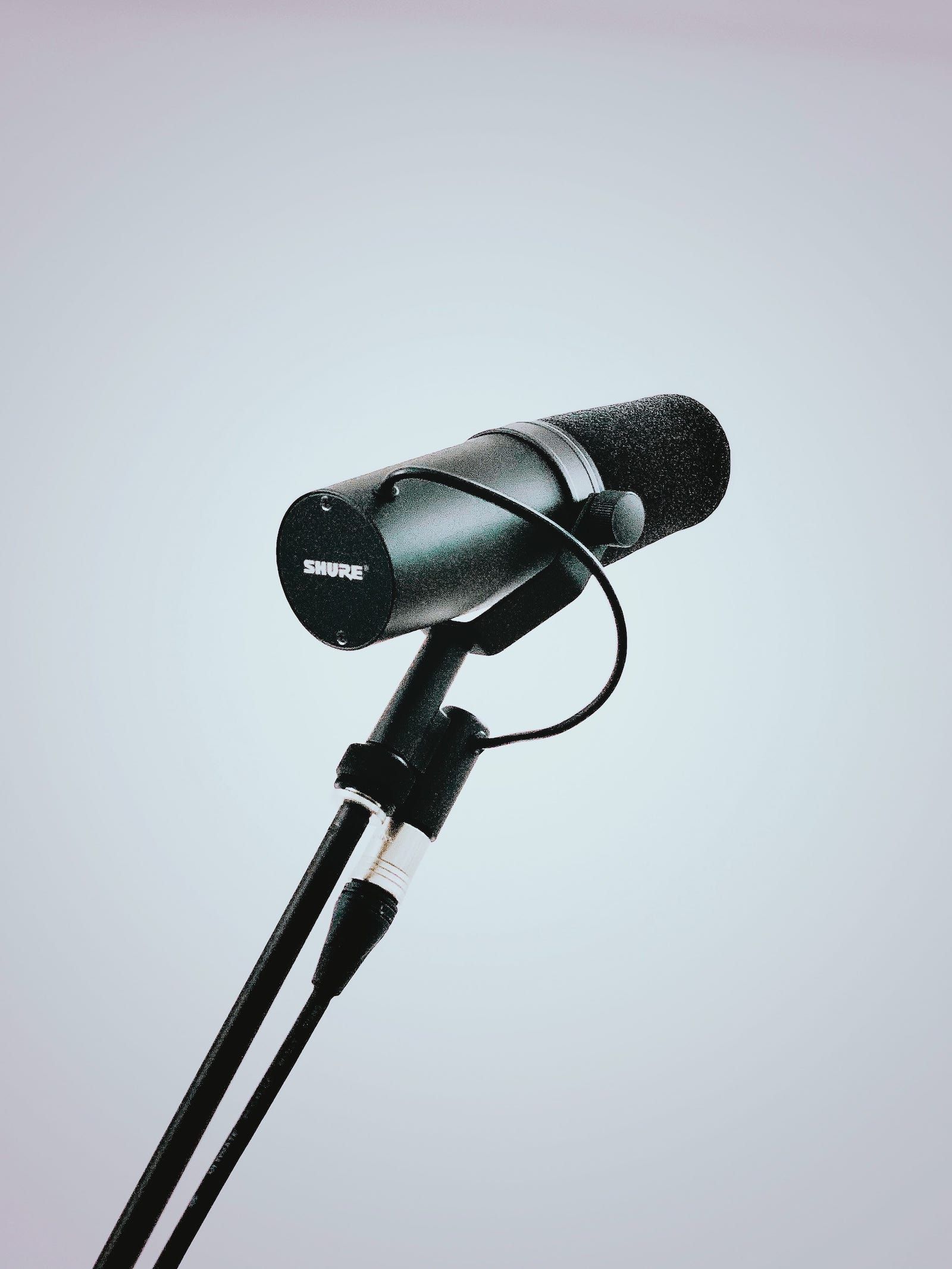

- THE BEST MICROPHONES FOR PODCASTING HOW TO
- THE BEST MICROPHONES FOR PODCASTING SOFTWARE
- THE BEST MICROPHONES FOR PODCASTING PROFESSIONAL
Separation is vital so that each recording sounds sufficiently clean. If your podcast has multiple people involved, make sure that one host’s mic isn’t directly behind a different host’s mic. For some of the microphones listed below, these things are necessary to get them production-ready. These will absorb vibrations that could affect your audio-such as vibrations from when you touch items near the mic, like a desk or your computer. You can also invest in boom arms with shock mounts. Is there an electric hum from some machine in the room? Is the air vent blasting right into a space where you plan to place your microphone? Or, are the fans on your computer kicking on? Minimize as much sound pollution as possible, and you’ll find yourself at a good starting point. If this isn’t feasible for you, the simplest thing you can do to improve the overall sound quality of your show is to quietly sit in the room where you’ll record and listen intently. You can also build your own DIY voiceover booth with just a few items, without depleting your bank account.
THE BEST MICROPHONES FOR PODCASTING PROFESSIONAL
Reduce sound leaks from other parts of your home by recording in a room with carpet, utilizing professional soundproofing, or even just hanging blankets. Instead, focus on a small space that you can more easily control. So, the next best option is to make your home the best recording option it can be.įirst of all, stay away from large, open rooms in your home. The overwhelming majority of anyone reading this article won’t have access to a studio or the ability to build one in their home.
THE BEST MICROPHONES FOR PODCASTING HOW TO
THE BEST MICROPHONES FOR PODCASTING SOFTWARE
Then, upload to an editing software later if you need to keep the footprint smaller or do a podcast on the road. Instead, go straight for a recorder such as the Zoom H6, which has four XLR inputs with gain control. You could also bypass using a computer in the recording stage altogether. These will have options to manipulate your signal’s gain (loudness), headphone monitoring levels, and audio outs to get the signal to your computer. This device is usually an audio interface or a mixer that changes the analog signal from your mic and transfers it to a digital one. Since no home computer that I know of has XLR inputs, you’ll need a device to bridge the gap between the microphone and the computer. Higher-end gear, and most audio recording gear in general, will rely on this cable. The three pins are ground, a positive, and a negative terminal to relay electricity from one point to another.

It’s been around for ages and will remain on sets for years to come. The three-pin XLR is the essential audio cable. Here’s a breakdown of all the essential gear you need to take the podcast idea you’ve been formulating and help turn it into a reality.īefore we dive into the sweet gear reviews below, let’s take time to do some rundowns on a few basic gear choices and audio elements for those who are brand new to sound recording. The bare essentials for a podcast breaks down to a computer outfitted with some audio editing software, a microphone, something to connect the two devices, and a space to record in.

Starting a podcast? Here are some audio basics, studio setups, microphone reviews, and input for different styles of podcasts.


 0 kommentar(er)
0 kommentar(er)
